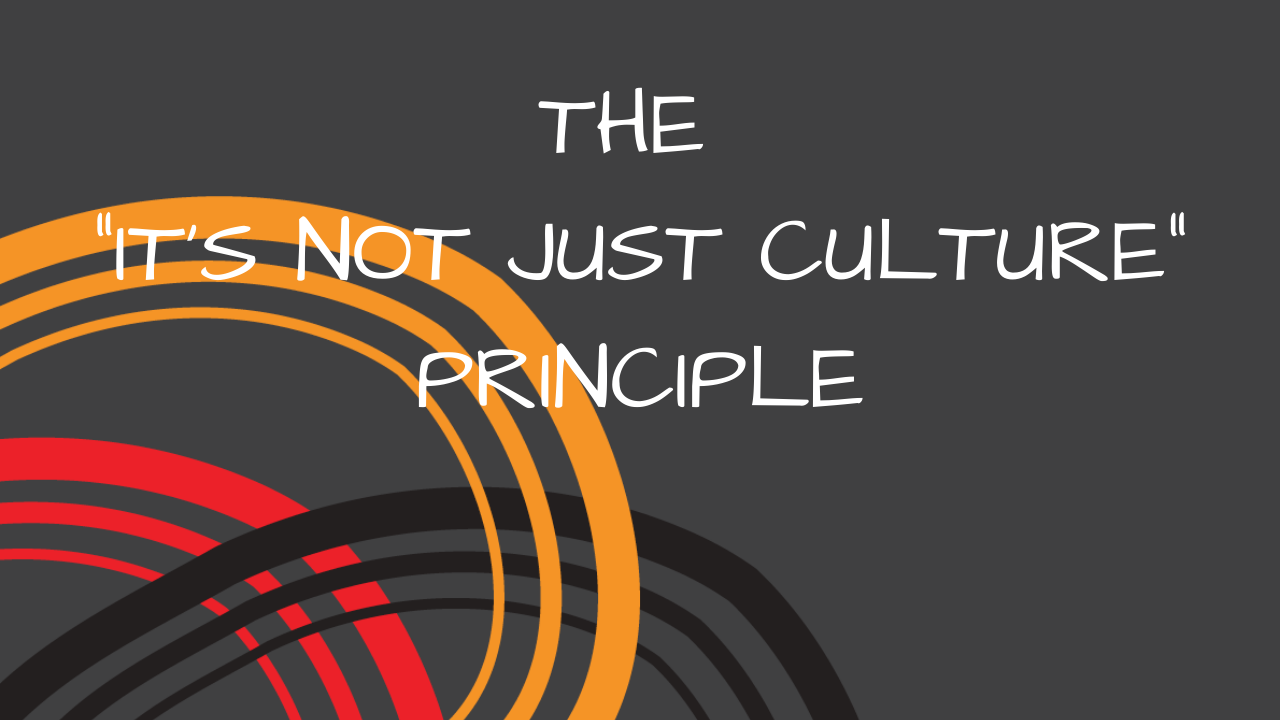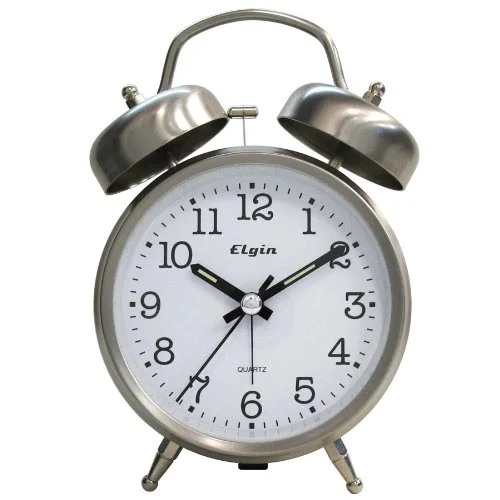Should workplaces be free of discrimination?
You’ll no doubt answer that question with a firm ‘yes’. The more learned of you might even point to the Racial Discrimination Act of 1975, or the Sex (1984), Disability (1992) or Age (2004) Discrimination Acts that followed. And you’d be correct in saying that any form of workplace discrimination goes against the law in Australia.
The Australian Human Rights Commission has a very useful article on workplace discrimination. I’d encourage everyone to read it.
“I’ve personally heard such comments as “you know how Aboriginal people smell” and “you can’t trust him because he’s black.”
But simply legislating against something doesn’t stop it from occurring. This is particularly the case for something as insidious as workplace discrimination, where it can be difficult to prove that certain words were muttered in a hallway, a resume was tossed aside after a glance at a name, or a worker was let go not because of performance but because of the most core and unchangeable aspects of their being.
Such is the insidious nature of workplace discrimination that it can occur beneath the noses of those who take the most ideological and virulent stances against it.
The reality is that when people are asked the question “should workplaces be free of discrimination?”, what many of them hear is “should workplaces be free of discrimination against you?”
Everyone’s Responsibility
Ridding workplaces of discrimination is everyone’s responsibility. Leaving the job to those who the discrimination directly affects is like telling the person being attacked by a bear to ‘just get the bear to stop biting’. Creating a workplace that doesn’t discriminate against you is easy if you aren’t discriminated against. In fact, it’s already done. Creating a workplace that doesn’t discriminate against anyone is far more difficult, and far more important.
Just as everyone has this right to a discrimination free workplace, everyone also has the responsibility for creating one.
I have worked in many teams where I’ve either heard stories about workplace discrimination or experienced it firsthand. I’ve personally heard such comments as “you know how Aboriginal people smell” and “you can’t trust him because he’s black.” Some that I’ve heard might seem innocuous to a white person’s ear, but serve to encourage and reinforce the more blatant statements above—“it’s so far away you’ll need a black tracker and a packed lunch.” It’s just an old saying, they’ll inevitably explain.
More subtle again are those statements that are said with authority but aren’t backed up by fact. “If you can’t do the time, don’t do the crime”—a comment I recently saw on social media regarding the #blacklivesmatter protests, specifically about Aboriginal deaths in custody, entirely ignored the fact that “more than half of the Indigenous people who have died in custody since 2008 had not been convicted of a crime.”
Not wanting to take on the responsibility themselves, my workmates often looked to me, the one Aboriginal person in the vicinity, to do something. In some cases they’d pull me aside later and say “that wasn’t okay” or “you should speak to the manager,” as if I was the only person who could do anything about it.
At other times it was more a case of “Crikey, I hope she doesn’t say anything! That comment was way beyond okay.” Because sometimes it’s not just discrimination, it’s outright vilification.
The bystander effect
In 1964 Kitty Genovese screamed for help as she was attacked outside of her New York apartment. Soon after, she was murdered right there on the street. The next day The New York Times published an article that said no less than 38 witnesses saw or heard the attack, but none called the police. Each assumed another would do it.
“In reality even those least affected by discrimination will know it when they see it. If it feels wrong, it more than likely is wrong.”
The theory of the bystander effect states that “individuals are less likely to offer help to a victim when there are other people present; the greater the number of bystanders, the less likely it is that one of them will help.”
This goes some way to explaining the hesitation that many feel about reporting potential workplace discrimination. If this effect is so powerful as to make people hesitant to report a murder, one can only imagine how strong its influence is after a quietly uttered remark in an office.
Another roadblock felt by some witnesses can be in defining what is considered ‘discrimination’. Here the Australian Human Rights Commission has some clear-cut guidelines:
Direct discrimination occurs when a person is treated less favourably on the basis of an attribute (such as sex, race or disability) when compared with how a person without the attribute would be treated in the same or similar circumstances.
Indirect discrimination occurs where there is a requirement or condition that applies generally, but has the effect of disadvantaging a particular group and is unreasonable in all of the circumstances.
But in reality even those least affected by discrimination will know it when they see it. If it feels wrong, it more than likely is wrong. It’s therefore less about forming a definition of what to look for, and more about turning that ill feeling into action.
You can’t leave it to the person who’s being attacked by the bear—they’re in desperate need of your help. By offering that help you’ll not only be immediately assisting a person in need, you’ll also be reducing the likelihood of such attacks in the future.
Being the change you want to see
Today I call on you to stand up whenever you see discrimination in the workplace. I call on you to say “that’s not okay.” I call on you to report all incidents—even those (indeed particularly those) you’re on the fence about—to your manager, because the more insidious examples of workplace discrimination are the most difficult to wipe out. No one, whether team member or client, should have to put up with that kind of behaviour at their place of work.
Sometimes all it takes is someone like you—not someone like me—to take action for an issue to be taken seriously, instead of being seen as ‘just another complaint from someone who never quite fit in’. It helps to demonstrate that in fact a marginalised employee wasn’t able to fit in from the get-go. They were never given the chance.
The impact on your Aboriginal employees alone should be enough to warrant immediate action, but the benefits of standing up against discrimination extend to team cohesiveness and service delivery too. It’s in an organisation’s best interests to stamp out discrimination, as a workplace where everyone is able to work without fear of discrimination is a happy and productive one.
For this reason, an organisation should have firm anti-discrimination policies in place. If discrimination, whether direct or indirect, is suspected to have taken place, an employee should know exactly what to do. There should be a way for them to alert the company to the occurrence, ideally anonymously if they so choose, as this helps to mitigate the bystander effect. The manager or HR professional in whose lap the report lands should have a structured process to investigate the incident, and to take action should it be deemed discriminatory.
It’s a privilege to educate yourself about racism rather than experience it. By reading this blog you’re showing that you’re open to being the force for change that so many Australian workplaces still desperately need.
But the rest is up to you. Will you be an agent of change? Or will you be the bystander, in the window of your apartment, waiting for someone else to make the call?
If you’d like to receive updates from Blakworks, including notifications when a new blog article goes live, click the button below.

























